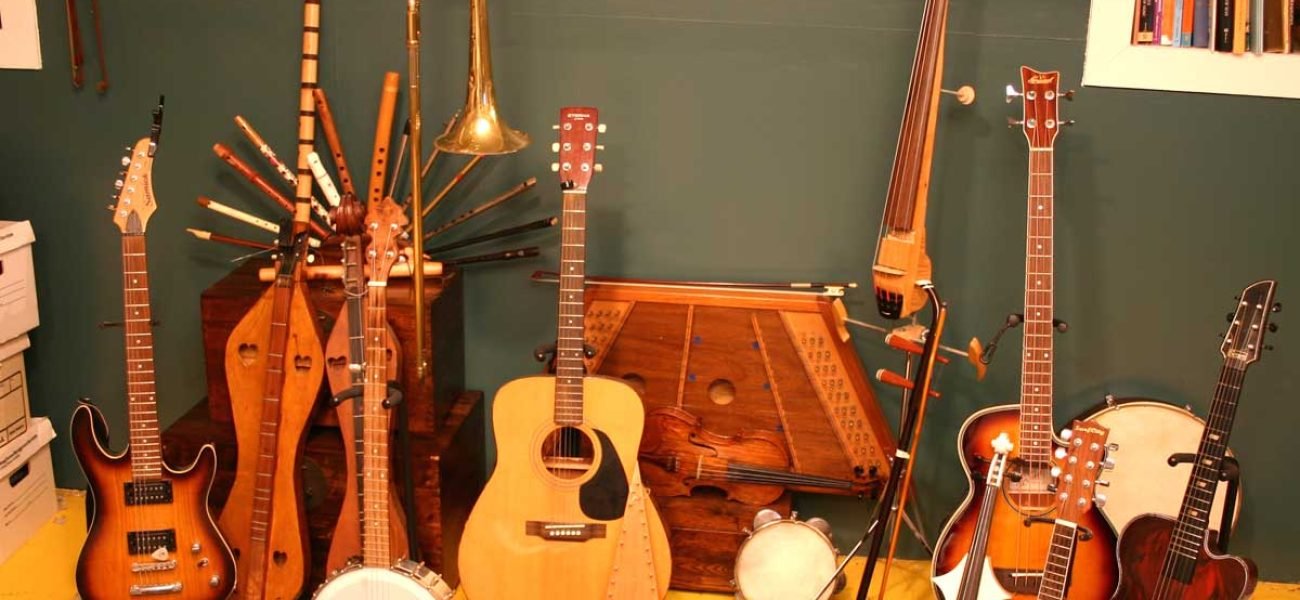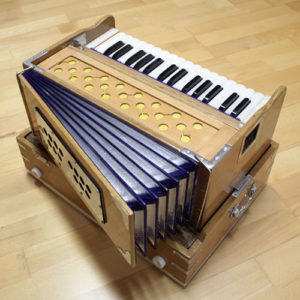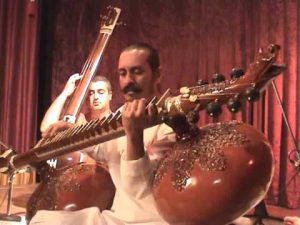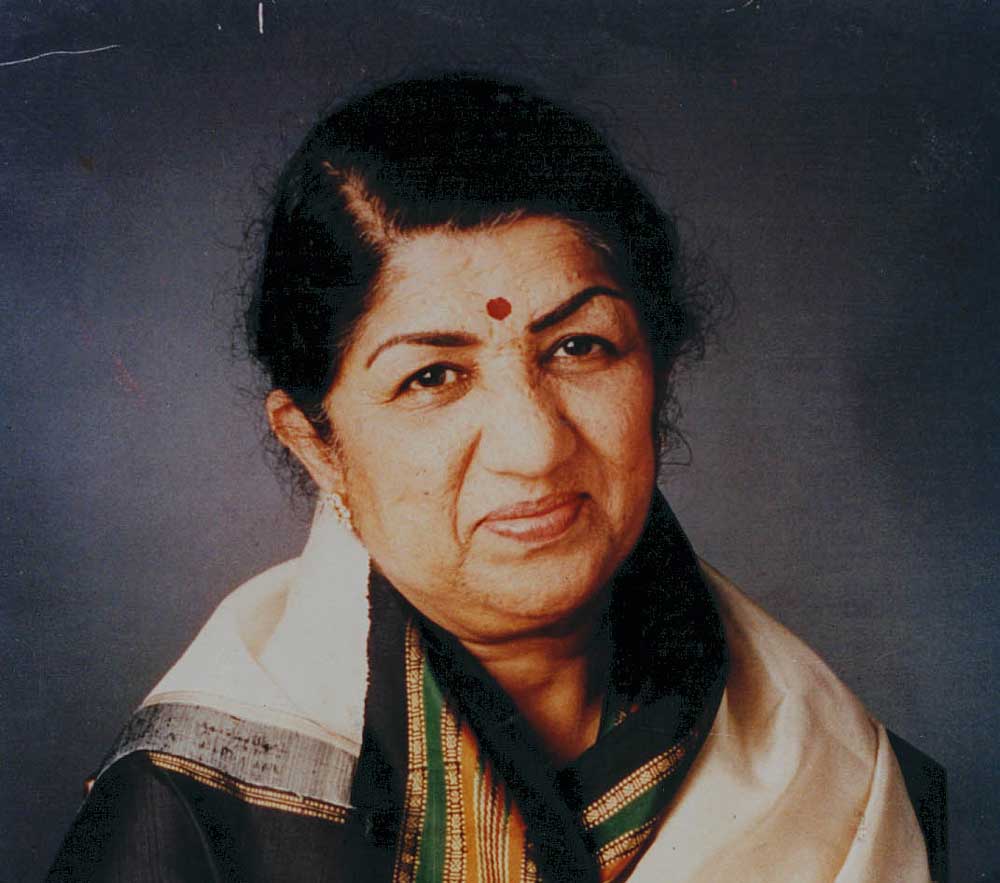
SEAN-O-VISTA
Indian Music
CHARACTERISTICS OF INDIAN MUSIC
BY MUSICAL582

What are the general characteristics of Indian music? What is the role of Indian Music? What are the main instruments of India? Who are the traditional musicians of India, and who are popular…
Indian music consists of folk, classical (Hindustani and Carnatic) and pop music, among others. The Classical music is characterized by microtones (or shruti), notes (or swara), ornamentations (or alankar), melodies improvised from grammar (or raga) and rhythmic patterns used in percussion (or tala).
Indian music has played a significant role in the development of patriotism through songs like “Jan Gan man…” (national anthem) and “vande mataram” (national song, often used as a slogan). The music has positively influenced national integration and feelings of unity within diversity. Indian music has also played a key role in sustaining and developing religious practices and is a part of India’s socio-religious life.
A large number of instruments are used in Indian music and some of the key ones are the Sitar, Veena, Dhol, Tabla, Harmonium, Shehnai, Bansuri, etc.

Some of the famous traditional/classical musicians of India include Tyagaraja, MS Subbulakshmi, Zakhir Hussain, Bismillah Khan, etc.
Some of the popular crossover Indian musicians include, A R Rehman, Bally Sagoo, Malkit Singh, Ravishankar, Anoushka Shankar, etc.
Current Indian music is a little different from Western music in that most Indian songs are made for films. They are written to either further the plot, serve as a break from the drama, emphasize a romance, etc.
A FEW INDIAN MUSICAL INSTRUMENTS
Bansuri aerophone – material: bamboo with six or seven holes 
Krishna’s favourite instrument. There is reference to the flute in the Vedas (‘transversely blown instrument’). Also, there is a whole chapter on this instrument in the book of Bharata, titled Natyashastra, which was written around the beginning of our era. Thus the bansuri is one of the most ancient Indian instruments. However, the classical musical stages were only conquered by this instrument with the play of the legendary Pannalal Ghosh.
Harmonium – aerophone – 3-3 1/4 octave register instrument, which can be played on with a hand operated bellows at the back and with a keyboard
Proba bly it was brought to India from Europe by the Christian missionaries. It couldn’t get established as a solo instrument, even with many modifications (the use of more whistle systems etc.), since being a tempered instrument, it cannot produce one of the basic features of Indian music themeend (the “bending” between two notes). Beside the sarangi it is the accompanying instrument of the khyalvocal performances, and of theqawwali.
bly it was brought to India from Europe by the Christian missionaries. It couldn’t get established as a solo instrument, even with many modifications (the use of more whistle systems etc.), since being a tempered instrument, it cannot produce one of the basic features of Indian music themeend (the “bending” between two notes). Beside the sarangi it is the accompanying instrument of the khyalvocal performances, and of theqawwali.
Pakhawaj membranophone – The material of the body: sesamewood the leather: camel, goat or deer skin
 Beside the southern mridangam this is one of the oldest rhythmical instrument. Its technique is partially based on the rhythm of reciting of the Vedas. Usually it is the accompaniment of dhrupad (vocal and instrumental) performances, but it can also be heard as a solo instrument. While the tabla is struck with the fingers to make the sound, on the pakhawaj the different parts of the hand (palm, edge of the hand, etc.) are used by the player. According to a legend, a broken pakhawaj gave the idea for the making of the first tabla.
Beside the southern mridangam this is one of the oldest rhythmical instrument. Its technique is partially based on the rhythm of reciting of the Vedas. Usually it is the accompaniment of dhrupad (vocal and instrumental) performances, but it can also be heard as a solo instrument. While the tabla is struck with the fingers to make the sound, on the pakhawaj the different parts of the hand (palm, edge of the hand, etc.) are used by the player. According to a legend, a broken pakhawaj gave the idea for the making of the first tabla.
Rudra-veena chordophone – It has 8 strings (S P, M, S, P,, S,, P, G,) the material of the body: teak-, or tunwood (an Indian cedar type) the material of the resonators: gourd (similar to the calabash-gourd, but this type of gourd is especially grown to make an instrument) a typical dhrupad instrument.
In the book of Bharata, titledNatyashastra there is an entire chapter, writing about the vina. An instrument, which can be recognized on many ancient depictions (coins, paintings, statues), and which obtained its present form only a century ago.
Tabla membranophone – the bayan (left -low-pitched- side) made of: redcopper or bronze the dayan (or: tabla, right –high-pitched-side) the material of the body: rosewood the leather: camel, goat or deerskin the material of the shyahi or akh (black eye): a mixture of ash, metal gratings etc.
 The structure of the tabla and the playing style is the result of Muslim influence. Numerous schools are known, but only one of these (the Benares Gharana) originates itself from the ancient pakhawaj playing, where the sounds are produced with the palm, whereas in other schools the virtuoso playing with the fingers is typical. The use of the fingers resulted in the speed of tabla playing, thus enabling the player to play several new bols, or even to play a set of bols typical of his own play.
The structure of the tabla and the playing style is the result of Muslim influence. Numerous schools are known, but only one of these (the Benares Gharana) originates itself from the ancient pakhawaj playing, where the sounds are produced with the palm, whereas in other schools the virtuoso playing with the fingers is typical. The use of the fingers resulted in the speed of tabla playing, thus enabling the player to play several new bols, or even to play a set of bols typical of his own play.
More about Indian Music
Features
Copyright © 2018 SEAN-O-VISTA

Powered with 


